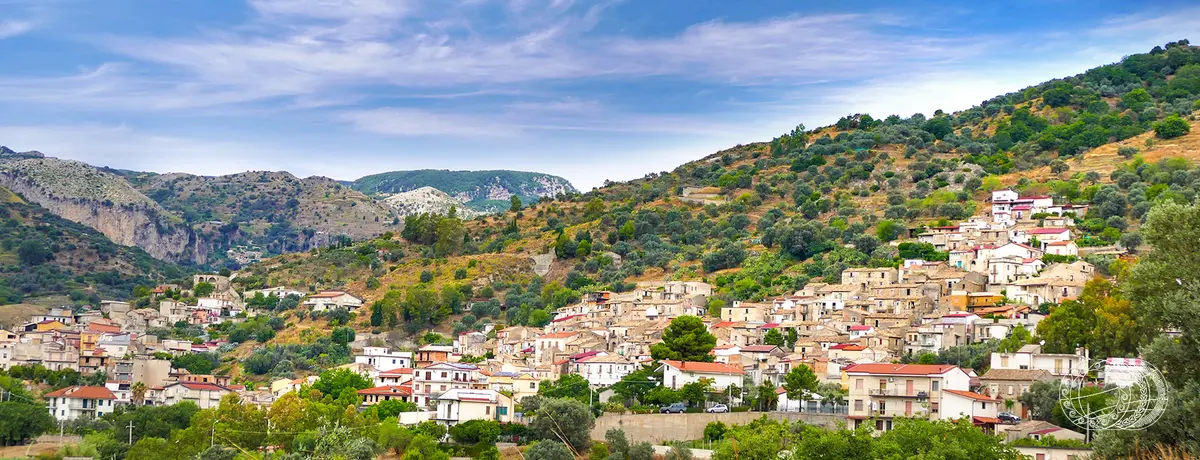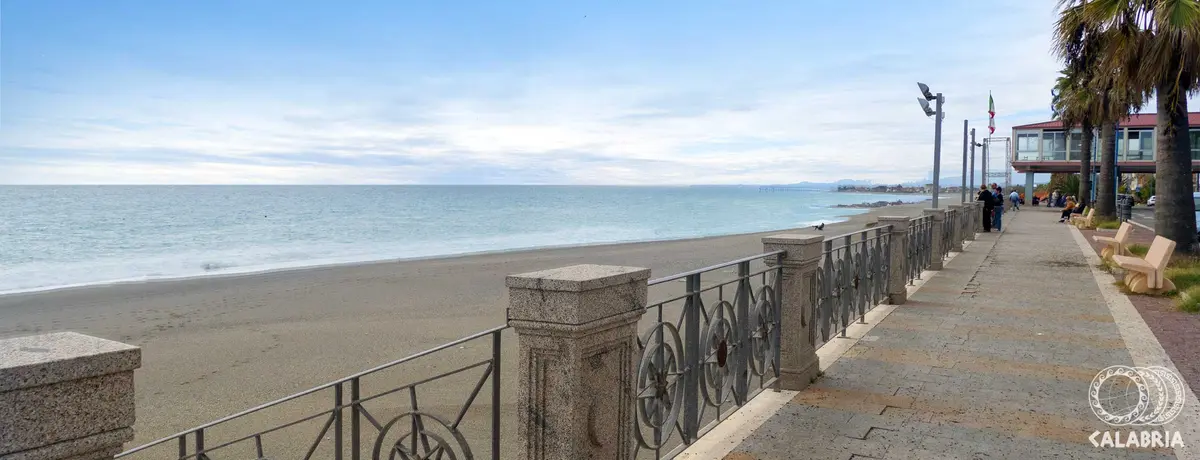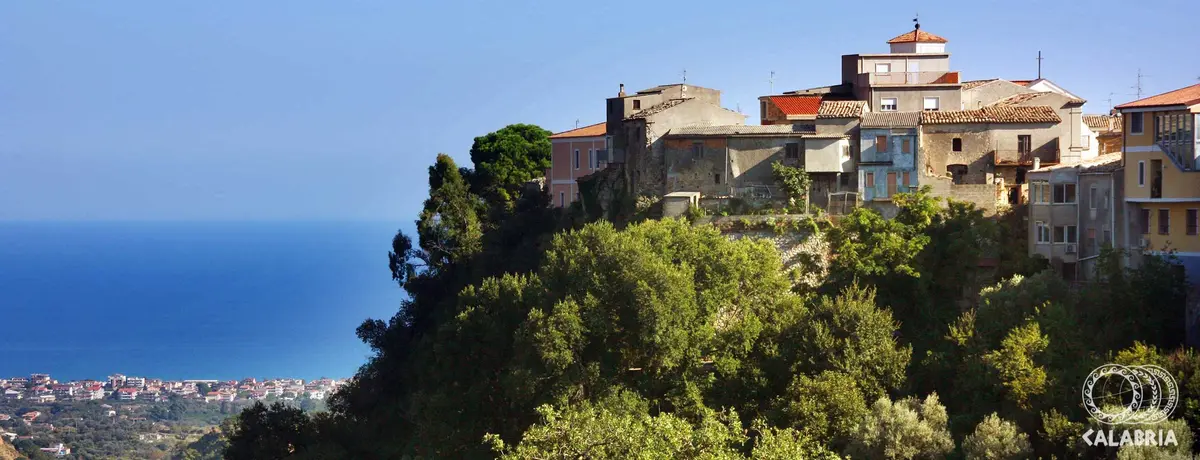Locri
Locri, the splendour of the ancient Greek colony

Art and Culture
Regione Calabria
Locri stretches along the Costa dei Gelsomini, in the province of Reggio Calabria. The city, of Magna Graecia origins, gives its name to the entire Ionian territory that surrounds it, known as Locride.
Locri is renowned for the presence of the original city of Magna Graecia foundation, the ancient Locri Epizephyri, whose monumental remains can be seen at the National Archaeological Park of the same name. Here, in addition to the remains of civil and sacred buildings, it is possible to retrace the history of some important figures of antiquity, such as Zaleucus, the first legislator of the western world, and Nossis, a local poetess of the School of Lesbos.
Founded in the late 8th century BC by Greek refugees who settled along the coast, Locri was one of the most important Magna Graecia cities in Calabria. The ancient city of Locri Epizephyri can be admired in the National Archaeological Park of Locri, immersed in the Mediterranean maquis, and rich in structures that can still be seen today: Shrines and monumental temples, such as the one in Contrada Marasà, the largest of those explored in the archaeological area (7th century B.C.) with a remarkable sculptural decoration of the Phidias school, now on display at the National Archaeological Museum of Reggio Calabria. The visit to the park is completed with that to the small Archaeological Museum in Marasà.
Today's town of Locri shows very different characters from those of its classical origins, as demonstrated by the Church of Santa Caterina, in Romanesque-Lombard style, which houses a series of valuable wooden processional sculptures (1850) and the Cathedral of Santa Maria del Mastro. The Palazzo Comunale ‘’Spinola‘’, in Renaissance style, culminating in a large pediment housing the town clock in Roman numerals, is remarkable. Among the most representative monuments of the ancient Magna Graecia past is the Monument to Nosside, a Locrian poetess depicted on the seafront by sculptor Tony Custureri.
What to taste before leaving Locri? Stuffed anchovies, a typical local dish cooked in several variations and accompanied by a good glass of Greco di Bianco DOC.
No result







